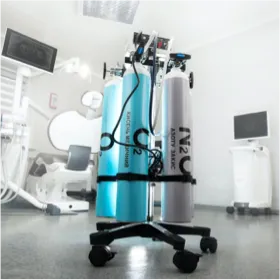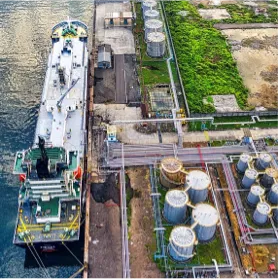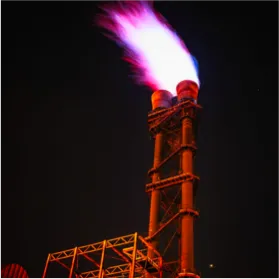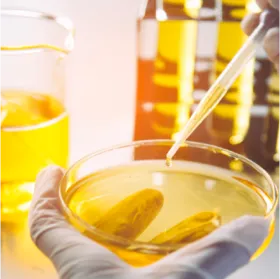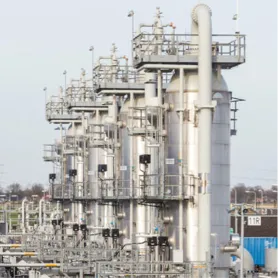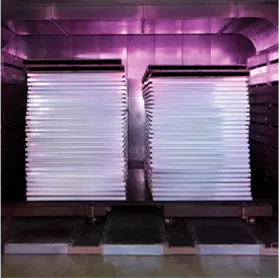Renewable Fuels
The demand for renewable fuels is expected to grow as it helps with reducing greenhouse gas emissions, building energy reliability, and improving domestic economies.
Renewable fuels include liquid and gaseous fuels, that come from renewable feedstock sources. These fuels must undergo different types of treatments to achieve purity level requirements. Ethanol, Landfill Gas and Hydrogen are the main renewable fuels that require a purification process in which a special type of adsorbent is used for its removal of contaminants.
Click any link below to learn more about adsorbents in your industry.
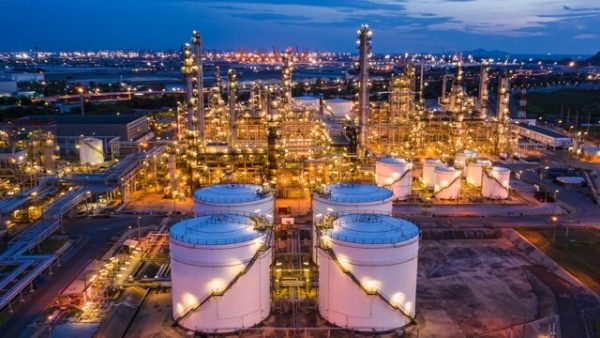
Applications

Landfill Treatment
Removing siloxane is an important step in cleaning methane gases for use as fuel since siloxane is a form of crystalline silica that will essentially turn into glass when burned or combusted. The collection of combusted siloxanes inside of engine components can cause the buildup of heat, water, and other contaminants that can cause corrosion, leading to problems in the engine.
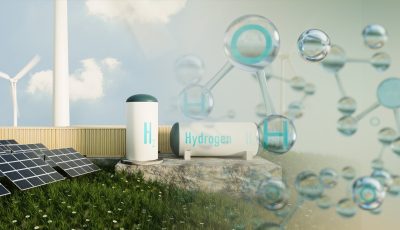
Hydrogen Purification
Hydrogen is remarked as the fuel of the future because of the clean environment it produces when being used and the many resources that it can be obtained from. Hydrogen can be produced from fossil fuels, biomass, and water electrolysis with wind, solar, or grid electricity.
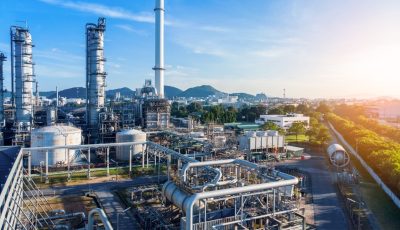
Ethanol Dehydration
Through distillation alone, ethanol can only be dehydrated to around 95% to 97% purity. The last 3-5% of water is unable to be removed through distillation techniques due to the formation of an a Zoetrope, a point at which water no longer boils out of a solution. This remaining water has to be removed to allow ethanol to be used as fuel and in gasoline blending.
